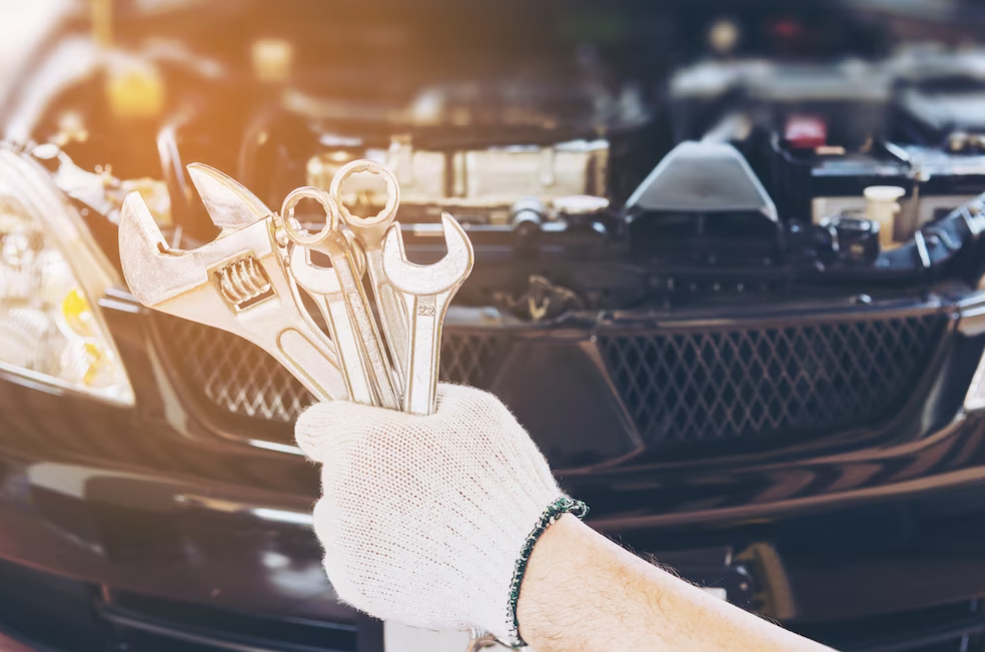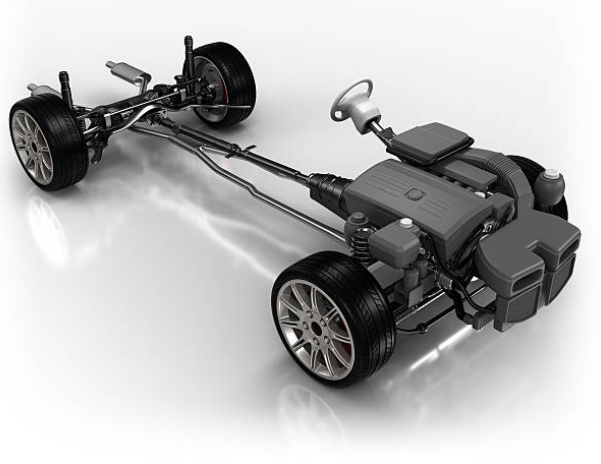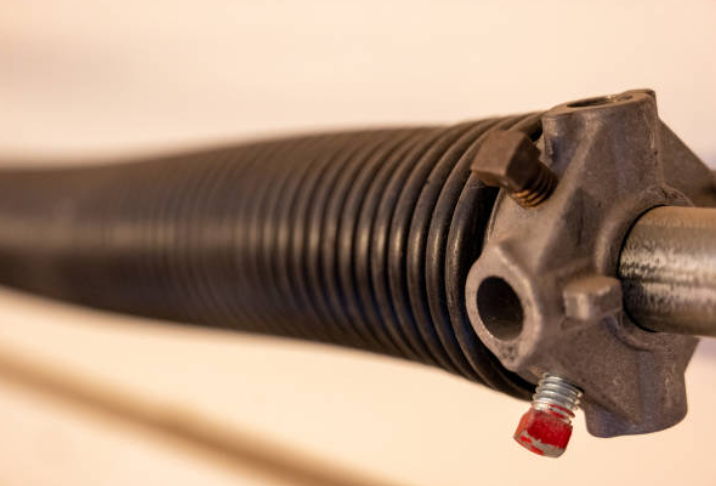Uncovering the Surprising Time Drains in Simple Car Repairs
When dealing with our vehicles, our goal is swift, uncomplicated repairs that swiftly return us to the road. However, it's not uncommon for what initially appears as a straightforward repair to evolve into a complex and time-intensive task. Discovering these unforeseen time-consuming challenges is integral to efficiently restoring your vehicle.
In this article, we will guide you through the concealed complexities often encountered in car repairs. This way, you can approach your upcoming repair endeavor with foresight, fully aware of what lies ahead, and avoid any unwelcome surprises along the journey.

What is the Most Time Wasted on Simple Car Repairs
The troubleshooting phase frequently emerges as a significant time-consuming factor in ostensibly uncomplicated car repairs. Uncovering the underlying issue, even when it initially seems uncomplicated, can prove to be both a demanding and time-intensive endeavor. For example, a malfunctioning check engine light might indicate a range of potential issues, each requiring a different solution. This diagnostic phase can involve connecting to diagnostic tools, researching error codes, and testing various components to pinpoint the actual problem.
Additionally, procuring the right tools and parts can consume a significant amount of time. While some repairs might seem quick and easy, the process can stall if you don't have the necessary tools readily available. Running to the store or waiting for parts to be delivered can extend what should have been a straightforward repair.
Furthermore, underestimating the learning curve can lead to wasted time. Even simple tasks like changing brake pads can become intricate if you're not familiar with the process or the specific vehicle's design. Following step-by-step instructions, ensuring proper torques, and aligning components correctly takes time, especially for those who are new to car repairs.

Identifying warning signs that indicate potential issues with your vehicle is crucial for maintaining its health and safety. Unusual noises like grinding or rattling, dashboard warning lights, changes in performance such as decreased acceleration or poor handling, and even visible signs like fluid leaks or smoke can all point to underlying problems.
Additionally, noticing issues with braking, electrical components, or exhaust can help you catch problems before they escalate. Being attentive to these warning signs and promptly seeking professional assistance can not only prevent more extensive damage but also ensure your vehicle's reliability and your safety on the road.

Gather Tools and Parts: Before starting, ensure you have all the necessary tools and replacement parts readily available. This prevents interruptions and delays caused by last-minute searches.
Read Instructions Thoroughly: Familiarize yourself with repair instructions or guides before beginning. Understanding the steps and potential challenges can help you work more efficiently.
Prepare Your Workspace: Create a tidy and well-organized workspace illuminated by suitable lighting. A workspace devoid of clutter enables you to work more swiftly and with fewer disruptions.
Allocate Ample Time: Set aside more time than you think you'll need. This buffer accounts for unforeseen complications and prevents rushing through the repair.
Conduct a Diagnostic Test: Diagnose the issue accurately before starting the repair. Identifying the root cause helps you avoid unnecessary work and ensures you're addressing the actual problem.
Watch Tutorials: If you're unsure about a specific repair step, watch online tutorials or read detailed guides. Learning from others' experiences can save time and prevent mistakes.
Keep Tools Organized: Organize your tools and materials to avoid misplacing or losing them during the repair. This eliminates time wasted searching for essential items.
Stay Focused: Minimize distractions and stay focused on the repair. Distractions can lead to errors and extend the time required to complete the task.
Take Photos: Before disassembling components, take photos to document the original setup. This helps ensure accurate reassembly, preventing time-consuming mistakes.
Test as You Go: Test components as you reassemble them to verify that they're functioning properly. This prevents having to disassemble parts again if issues arise.
Work Methodically: Follow a systematic approach, completing one step before moving to the next. This prevents confusion, reduces errors, and saves time in the long run.
Seek Help if Stuck: If you encounter challenges beyond your expertise, don't hesitate to ask for help. Seeking advice from experienced friends or online communities can provide solutions faster.
Be Patient: Patience is key. Rushing through a repair can lead to mistakes that consume more time later on. Take your time to ensure each step is done correctly.
Plan for Testing: Allocate time for thorough testing after completing the repair. This ensures that the issue is resolved and prevents further delays caused by oversight.
Reflect and Learn: After completing the repair, reflect on what went well and what could be improved. Learning from each experience will help you become more efficient in future repairs.
-
What is the importance of patience in simple repairs?
Patience is vital as rushing through repairs can lead to errors and ultimately consume more time to correct. A patient approach ensures a more accurate and efficient repair.
-
How can I become more efficient in handling simple repairs on my own?
Practice, experience, and learning from each repair can improve your efficiency over time. Building your skills and familiarity with common issues will help you handle repairs more smoothly.
See more review here: The 10 Best Tactical Watches For Outdoor Adventure














